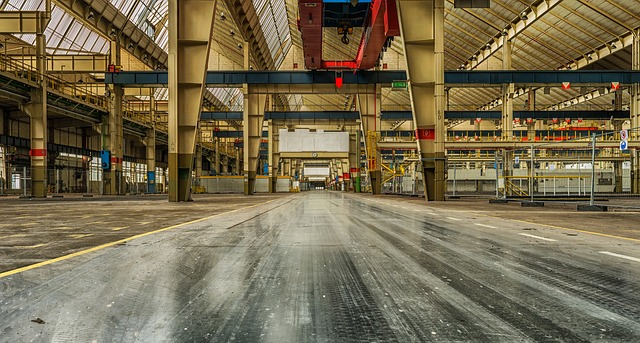
Electrical contractors often utilize prefabrication techniques when installing big systems. This method can cut costs and shave time off the project, thus increasing profits. Prefab electrical systems offer a number of great benefits.
By fabricating electrical assemblies in advance at the workshop, the electrical contractor and building owner benefit in a variety of ways. A few of these are discussed below:
How prefab benefits the building owner
Electrical prefabs minimize those repetitive tasks performed at the job site. In addition, they reduce the need to find extra space for storage of materials.
Prefabrication means putting together the electrical assemblies well in advance. The process can run parallel with the other work at the construction site. Further, their detailed design allows them to easily and quickly fit in designated spaces. This can shorten project completion time. Projects can be done on schedule, allowing the building owner to start utilizing the space right away.
How prefabrication benefits the electrical contractor
Prefabs provide on-site, off-site and other hidden advantages. For instance, faster installation at the job site reduces the project duration. Prefabs have the potential of cutting the installation time by almost a half. In addition, the project will require fewer workers in the field resulting in a big reduction in labor costs and improved profitability.
There’s also a significant savings on labor, which can be very expensive and in short supply. The prefabrication process is considered more of a manufacturing function so the contractor is able to achieve success with fewer workers. The workshop can make use of semi-skilled workers and apprentices, unlike a construction site where an electrician is required to perform the installation.
Fewer materials and less activity at a job site mean that the project is completed faster with a reduced opportunity for accidents and delays. In addition, by delivering all the individual components to the workshop for assembly, the level of material handling is narrowed. This equates to an easy-to-manage supply chain. Fewer materials reduce clutter, waste disposal, and the need for extra storage space.
The workshop provides the best environment for producing the assembly fast without the interruptions that might be found at a construction job site. Further, the production of prefabs is not affected as much by delays from other trades, bad weather, and other construction project hold-ups.
Electricians spend less time working at dangerous heights and precarious positions, hence reducing safety risks. Prefabs allow contractors to reduce the need for as many licensed electricians on the job site. This can result in greater productivity and profitability.
Conclusion
Increased competition and high labor costs have caused declining profits for many electrical contractors. However, with the use of prefabs, profitability can be improved by reducing the labor and time spent at the construction site. Additionally, fabricating electrical assemblies in a workshop makes it easier to stay on budget and hit your project timelines.

